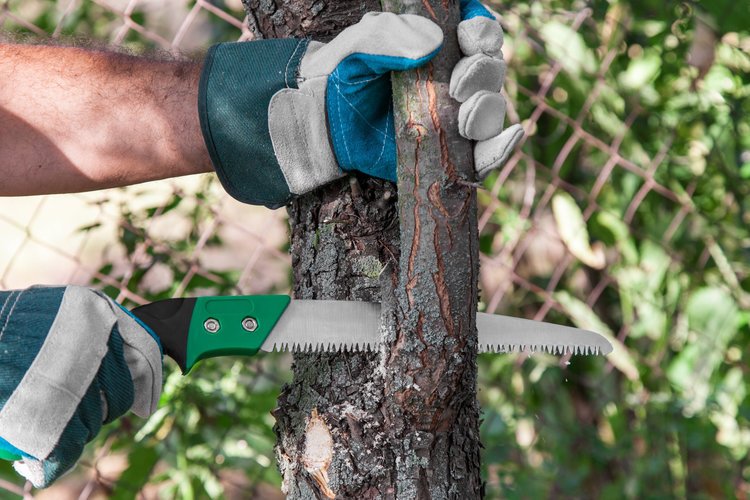Tree Service in Late Fall: To Prune or Not to Prune?
Knowing how to care for the plants, trees, and grass in your Pleasant Valley, NY, yard can often feel like a mystery. When should fertilization happen? How much trimming do your shrubs need? To prune or not to prune the trees before winter arrives? Here are some tips for tree service in late fall.
Pruning at the Right Time
Is late fall a good time to prune trees? Absolutely—in fact, fall and winter are the ideal seasons for this very task. One reason to hold off pruning until late fall is the look of your trees will be so much clearer after the leaves drop. That’s when you can see the structure of the tree more clearly and pruning can produce a shapelier tree. Any diseases of the trees will also be easier to spot and treat when the leaves that were hiding problems are no longer around.
Related: How an Arborist Can Transform Your House and Yard in Wappingers Falls, NY
Another big reason to get on your landscaping company’s late fall schedule for tree service is that your trees are entering their dormant period. That’s when the loss of sap is minimized and so is the stress that can hurt the growth and beauty of your trees. Fungus and pest infestations aren’t so much of an issue as the cold weather sends those problems into their own dormancy periods.
Tree Service and Pruning
Correct pruning can actually let the sunlight and fresh air filter through to the lower parts of the tree. Any limbs that hinder foot traffic or mowing patterns should be cut. Dead limbs need to go, right where they connect to the trunk of the tree. If two branches are growing into each other, the smaller branch should be sacrificed to make more room for the larger branch to thrive. By making sure the entire smaller branch is taken care of, the risk of a weak spot for disease is reduced.
Related: How an Arborist Can Help You Treat Tree Diseases in Poughkeepsie, NY
Arborists keep their tree pruning tools clean and sharp; they want to increase successful growth in the spring. Sharpened blades produce a clean cut at the tree trunk, reducing the opportunity for any further damage. Sap residue is removed from the trimmer soon after a pruning job. Arborists don’t want any remnants of disease to spread to any other tree they work on at anytime.
Preparing Your Landscape for Winter
Removing the dead leaves from your lawn can keep them from causing dead, brown patches and disease on your grass in the spring. Mulching them into small pieces with a mulching machine is even better because the organic material from the small pieces decompose to provide nutrients for the landscape.
The trees may need a watering to allow the moisture to saturate the roots of the tree. Fragile shrubs and small trees may need protection with special wraps to keep the snow and wind from causing unnecessary damage.
Fall is a natural time of year to look around the landscape and consider what could be done and should be done before the messiness of winter rears its head. Landscape experts can help you think through preparing your trees for their dormant season and making sure they will look their best when they “wake up.” As your trees’ health and true shape become clear when the leaves fall, a pruning may very well be in order.

